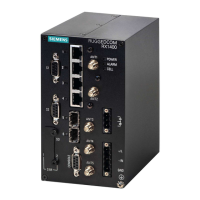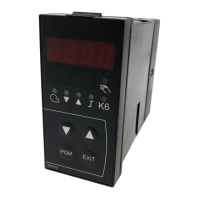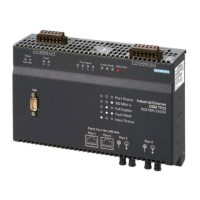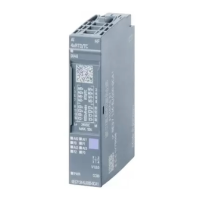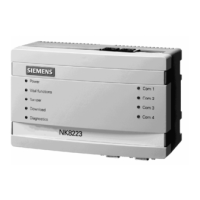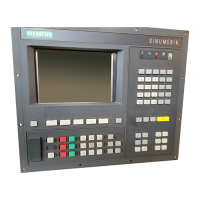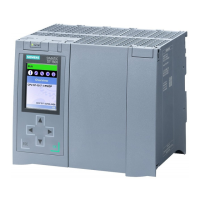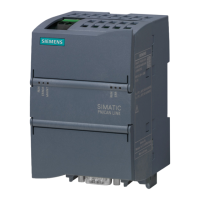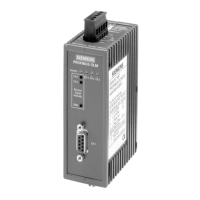RUGGEDCOM ROX II
CLI User Guide
Chapter 16
Traffic Control and Classification
Managing Traffic Control 691
Section16.2
Managing Traffic Control
Traffic control is a firewall subsystem that manages the amount of bandwidth for each network interface that
different types of traffic are permitted to use. For a traffic control configuration to work, a firewall must be
configured.
NOTE
For more information about firewalls, refer to Section6.9, “Managing Firewalls”.
RUGGEDCOM ROX II allows up to four different firewall configurations, enabling users to quickly change between
configurations. Users can quickly assess different configurations without needing to save and reload any part of
the configuration. In contrast, there is only one traffic control configuration.
When enabled, a traffic control configuration is used with the current firewall configuration. A current firewall
configuration is defined as one that is specified in either work-config and/or active-config. It does not have to be
enabled to be validated.
NOTE
Traffic control is not available for Ethernet traffic on any line module when Layer 3 hardware
acceleration is enabled. It is intended to be used only on WAN interfaces.
CONTENTS
• Section16.2.1, “Enabling and Configuring Traffic Control”
• Section16.2.2, “Managing Traffic Control Interfaces”
• Section16.2.3, “Managing Traffic Control Priorities”
• Section16.2.4, “Managing Traffic Control Classes”
• Section16.2.5, “Managing Traffic Control Devices”
• Section16.2.6, “Managing Traffic Control Rules”
• Section16.2.7, “Managing QoS Mapping for VLANs”
• Section16.2.8, “Managing Egress Markers for QoS Maps”
• Section16.2.9, “Viewing QoS Statistics”
Section16.2.1
Enabling and Configuring Traffic Control
Traffic control functions are divided into two modes:
• Basic Mode
Basic mode offers a limited set of options and parameters. Use this mode to set the outgoing bandwidth for
an interface, the interface priority (high, medium or low), and some simple traffic control characteristics. Basic
traffic shaping affects traffic identified by protocol, port number, address and interface. Note that some of these
options are mutually exclusive. Refer to the information given for each option.
In basic mode, a packet is categorized based on the contents of its Type of Service (ToS) field if it does not
match any of the defined classes.
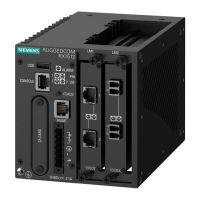
